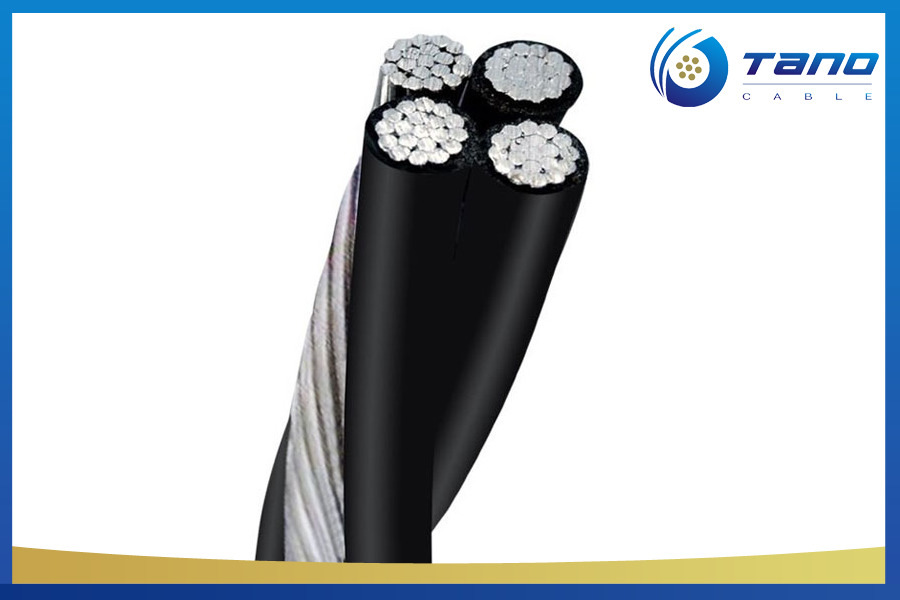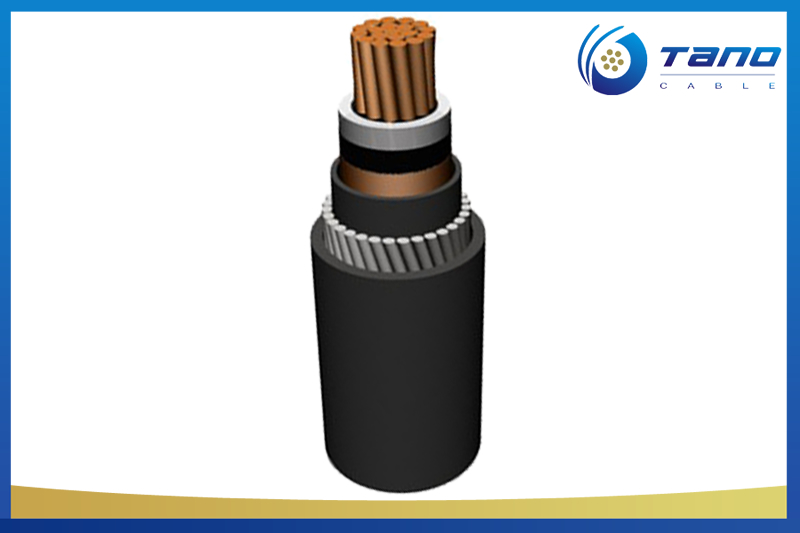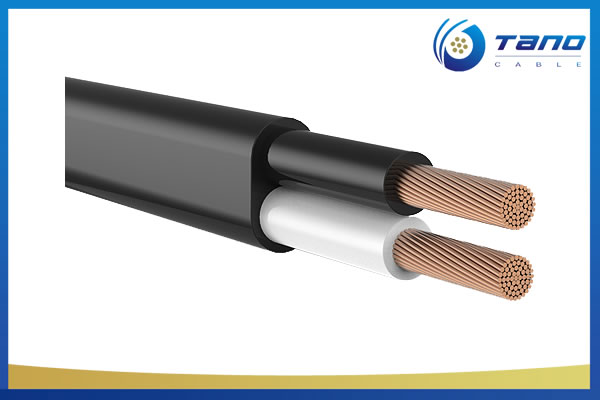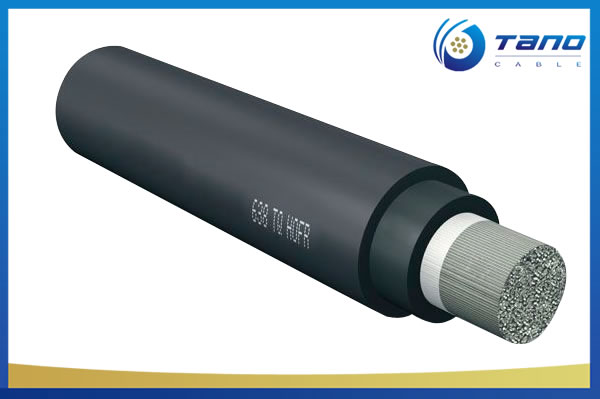The Differences between Overhead transmission line and Power cable transmission line
There are two kinds of electric transmission lines are used currently, one is the most common overhead transmission line, which generally uses non-insulated bare conductor through the ground towers stand as a support, it will lead to the suspension tower with insulators; another is power cable transmission line, which producing by a special process, laying underground or laid in cable tunnel.
Transmission capacity and transmission distance of transmission line are all related to voltage. The higher voltage the farther can deliver. Voltage of lines and the system needs to be determined by distance and capacity of its delivery.
1. Overhead transmission line
Overhead transmission line are made up of route line towers, conductors, insulators etc., set up above the ground.
Conductor is made of metal with good conductivity, enough wide cross section (to maintain proper through-flow density) and a larger radius of curvature (to reduce corona discharge). EHV transmission line usually use bundled conductors. Overhead ground wire (also called lightning-protection line) disposed above the transmission line for protecting line against lightning. Important transmission lines use two overhead ground wires commonly. Insulator chain concatenating by single suspension (or rod) insulator, which need to meet the dielectric strength and mechanical strength requirements. The number of insulator is determined by the transmission voltage levels. Towers are made of steel or reinforced concrete, is the main support structure of overhead transmission line. Overhead line construction and maintenance is more convenient and lower cost. Overhead transmission lines should take into consideration of natural conditions when design, such as temperature changes, strong storms, lightning, rain, ice, floods, wet fog etc. The path of overhead transmission lines need sufficient width and ground clearance corridor.
The decided maximum transmission power of transmission line, after considering all the factors of technical, economic and other factors, called the transmission capacity of the overhead transmission line. Transmission capacity substantially proportional to the square of the transmission voltage. Therefore, improving the transmission voltage is the main technical means to achieve high capacity or long-distance transmission, also is the main indicator of transmission technological development level. At home and abroad (including American and European countries) commonly use overhead transmission lines as the most important way to supply electric power.
2. Power cable transmission line
Power cables are generally composed of conductor, insulation and protection layers, there are single core power cable, 2 cores power cable and 3 cores power cable.
Power cable transmission line generally used in areas where overhead transmission lines erection difficulties, such as city or special cross section. Currently used power cable transmission line, mainly considering the urban landscape and line security. But the cable line troubleshooting and repair time is very long, effect the power grid reliability and normal use of electricity users seriously. Therefore, in power grid construction, the power cable transmission line total replace of overhead transmission lines can not be achieved.
Power Cable Transmission Line Features:
(1) Reliable power supply.
(2) Save space and ground.
(3) Don’t use poles, saving wood, steel and cement.
(4) Easy operation and maintenance, save line maintenance cost.
(5) Power cable is expensive, difficult branch lines, cable connectors construction process more complicated, more difficult to find the point of malfunction, inconvenience promptly deal with the accident.







